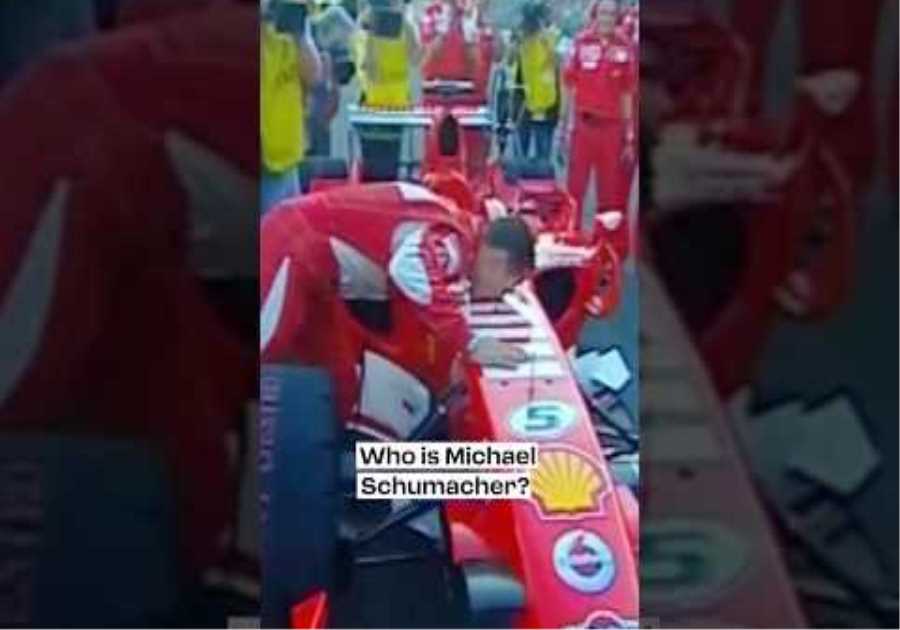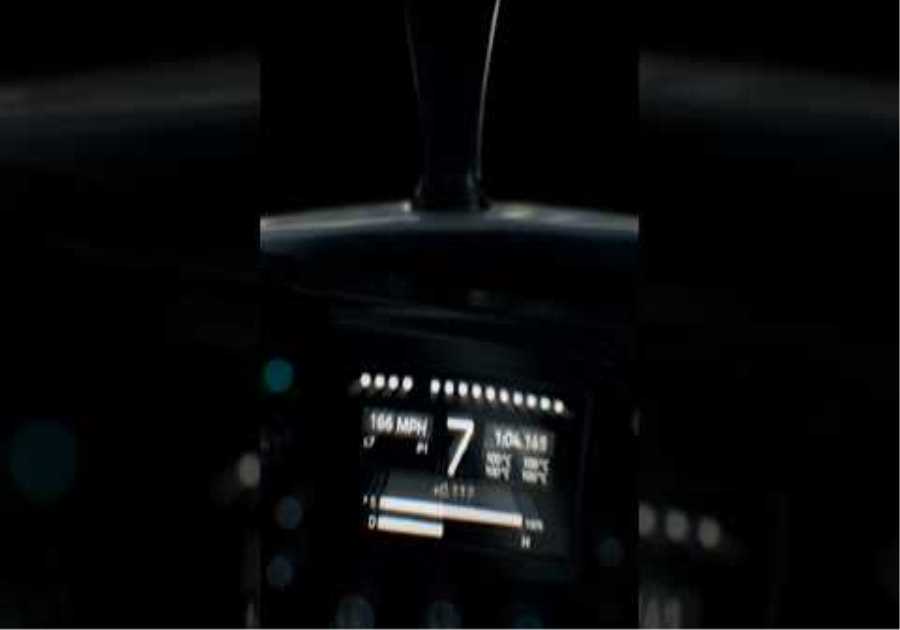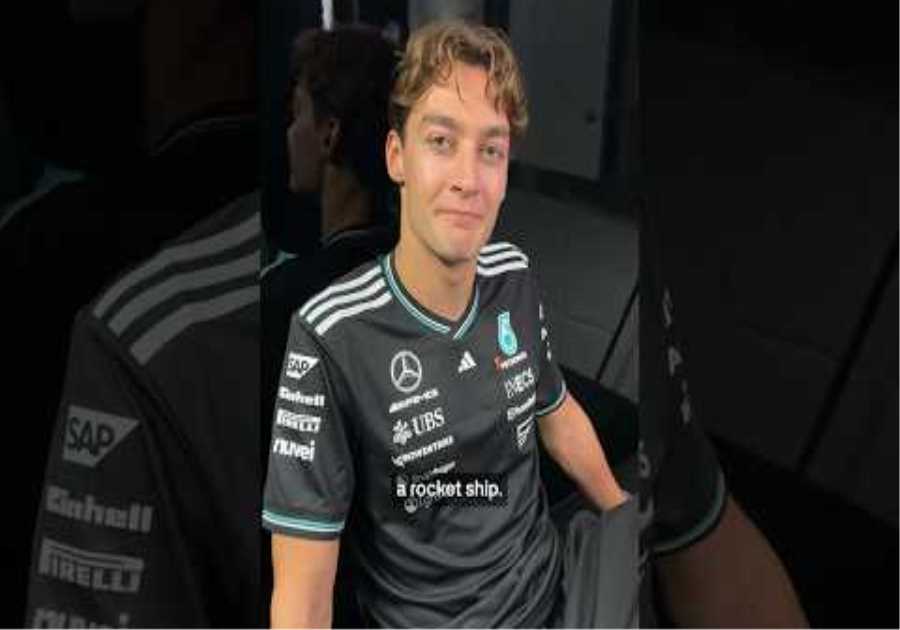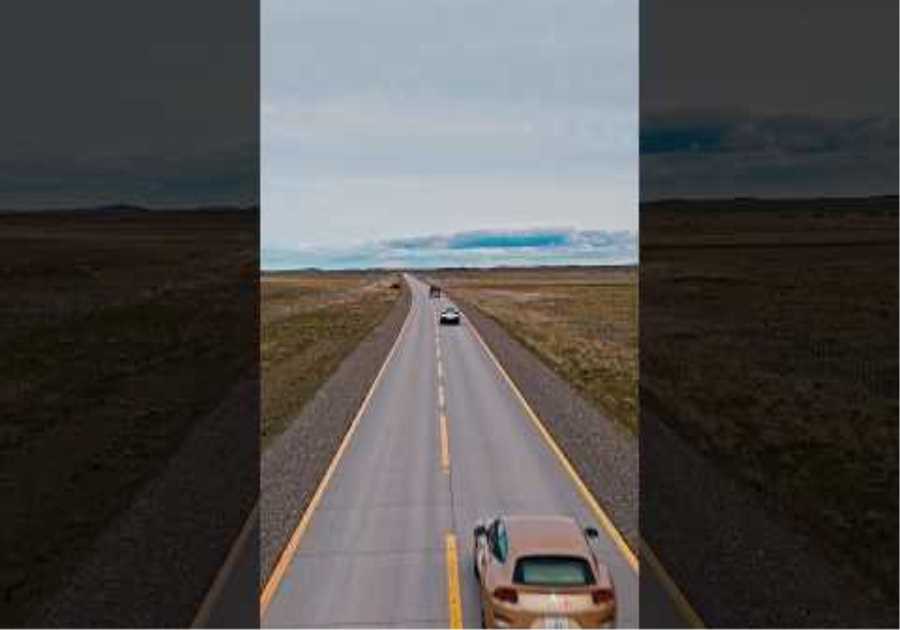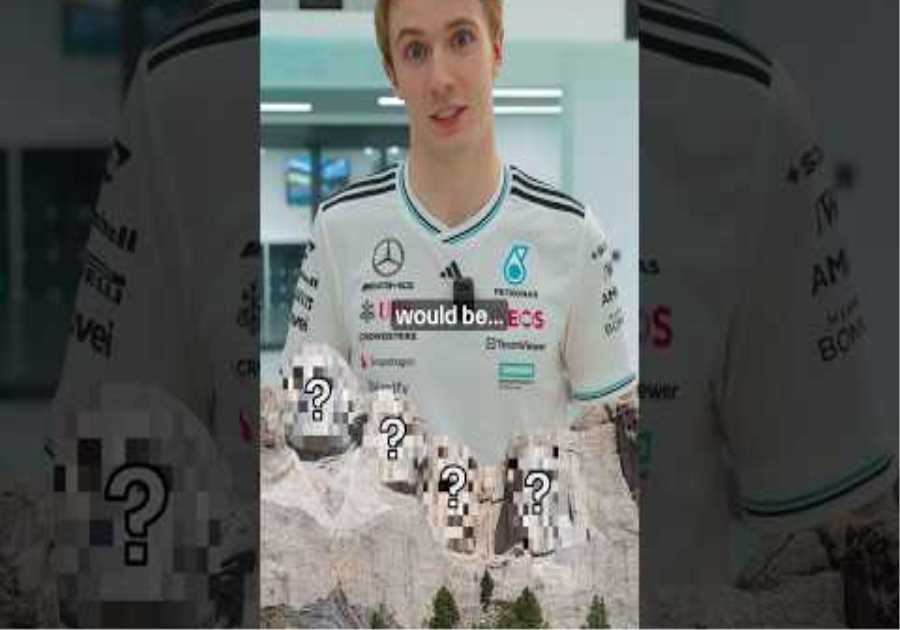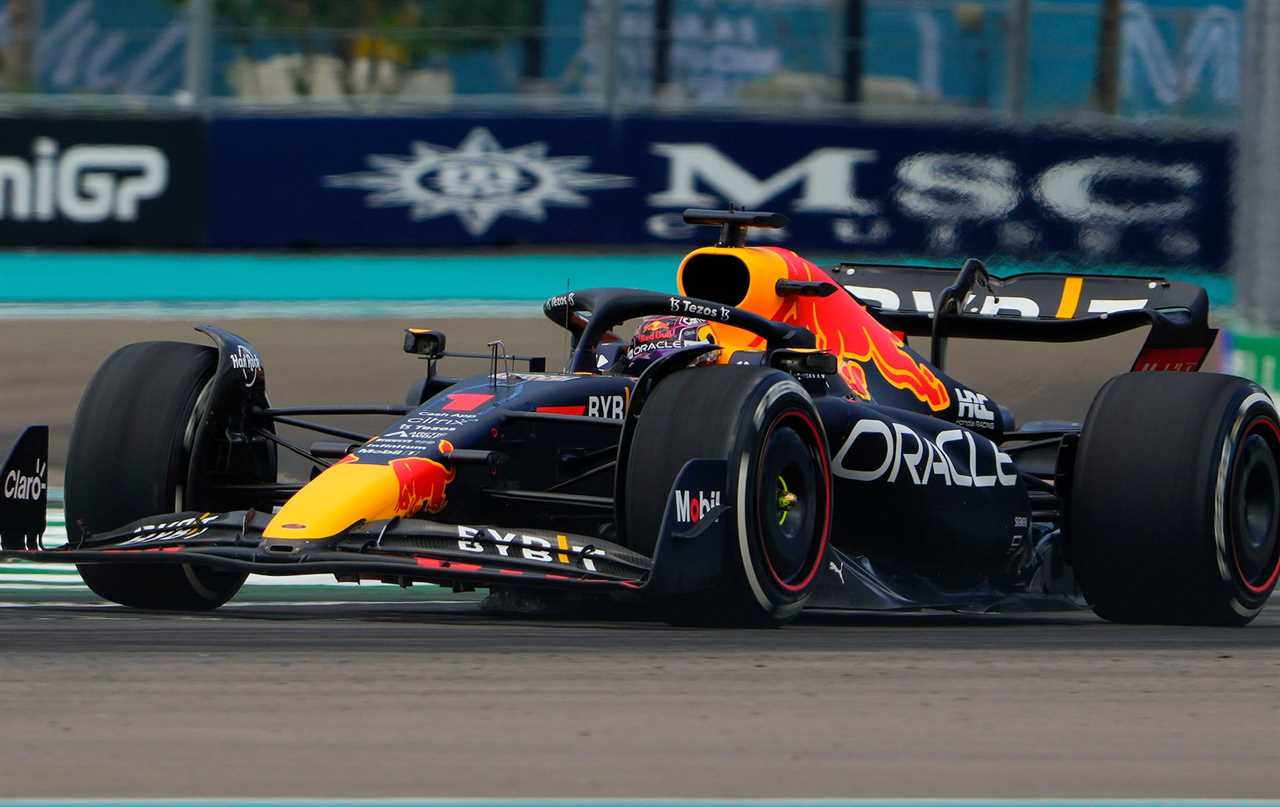
Enthusiasm for F1 within the Japanese automaker remains high, then, and it continues to tout its relationship with Red Bull and Alpha Tauri. That’s why it invited us to attend the Miami F1 GP as one of its guests, and with the race now complete it’s time to hand out our grades for an event the sport and its fans hotly anticipated.
The Climate
It’s unfair to credit or blame race organizers for weather, but speaking of “hotly,” the 2022 Miami F1 Grand Prix was a scorcher. The ambient temperature hovered in the low-to-mid-90s all weekend, with the humidity index surpassing 50 percent. A brief and light rain shower an hour before the race began teased attendees with potential relief, but more precipitation never arrived.
See all 20 photos
On the other hand, a torrential downpour isn’t ideal for comfort, either. We would have liked to see far more mist machines and air-blasting fans on the grounds to cool spectators, and we heard some reports of water running out in certain restrooms and water stations. From what we saw overall, though, there didn’t appear to be any widespread challenge when it came to people securing plenty of cold drinks.
Hard Rock Stadium and Miami International Autodrome
Talk about an impressive site to behold, especially for the F1 Miami GP’s first time out of the gate.
Built on the grounds of the Miami Dolphin’s Hard Rock Stadium, the Miami International Autodrome complex delivered a nearly entirely temporary venue that felt a lot like a permanent racing facility. A fair chunk of it normally serves as parking lots, but you’d never know it unless you noticed the parking-space lines painted on some of the asphalt you walked on as you explored the grounds. This was an example of how modern race promoters, architects, and engineers can create a Grade 1 FIA racing circuit virtually out of thin air. It was a middle finger to history and the infamous Caesar’s Palace parking-lot Grand Prix held in Las Vegas in the early ’80s, widely regarded as one of the most abysmal F1 circuits of all time.
There were 11 separate grandstands, and the number of team and sponsor-backed hospitality viewing areas (accessible if you got your hands on the appropriate tickets) was staggering. The latter are, however, prohibitively expensive for average and even above-average people, with costs per ticket running into the thousands. Even “regular” grandstand tickets were expensive, with the cheapest ones priced at $640. Pro tip: General admission “Campus Pass” tickets—$300 for Friday practice sessions, and creeping to $500 for the race, or $1,200 for all three days—might be some of the best general admission tickets in all of pro sports. There are loads of open, accessible viewing spots around the circuit that we would have been plenty happy to watch the entire race from. The views from Hard Rock Stadium’s spiral pedestrian ramps were excellent.
Our biggest complaint about the overall experience is that the Miami Autodrome staff, while universally and notably courteous and friendly, simply hadn’t received enough pre-event training about where various locations were within the facility, and the maps posted around the grounds were sometimes helpful only to a point.
At an event like this, you’d like to simply ask someone wearing a “staff” shirt how you can best reach your destination, but too many times we were answered with quizzical looks and, “Hmmm, I’m not sure.” In one moment of unintentional comedy on Friday, we walked in circles for 45 minutes, asking at least a half-dozen employee, “Where is the media center?” before we found someone who knew where the proper paddock entrance was.
the crowd
Call it the Drive to Survive effect, complemented by the fact F1 is in the middle of its most competitive and engaging era in decades: The approximately 85,000-strong Miami GP audience was as fired up and enthusiastic as any crowd we’ve ever seen at a motor race. If any doubts lingered as to how popular F1 has truly—and virtually overnight—become in the US, they were disintegrated and then some.
This mass of humanity cheered and Roared for the smallest of reasons, from the cars merely rolling out of the pit lane to drivers passing each other during Friday and Saturday practice. A car diving into the pits? Roar. The same car leaving its pit box after a routine stop? Roar. A driver locking his brakes slightly into a corner? Roar. Red Bull’s Mexican driver and local favorite Sergio “Checo” Perez gaining a bit of time on Ferrari’s Carlos Sainz in the race’s closing laps? Roarcombined with singing chants of, “Olé, Olé, Olé, Checo, Checo!”
See all 20 photos
It was obvious a lot of the fans are new to the sport and have some way to go before they understand F1’s more arcane, complex nuances. But if this level of enthusiasm for GP racing and the corresponding willingness to shell out big bucks for the privilege of attending it existed in this country back when Indianapolis Motor Speedway hosted the US Grand Prix, the Brickyard wouldn’t have lost its spot on the F1 calendar following the 2007 race.
Meanwhile, in terms of celebrity spotting, fans of sports and pop culture were impressed by a massive list including names like Michael Jordan (who earlier in the week had dinner with awe-struck Alpha Tauri driver Pierre Gasly, leaving Gasly’s teammate Yuki Tsunoda jokingly lamenting the fact he wasn’t invited), Tom Brady, Dwayne Wade and wife Gabrielle Union, Serena and Venus Williams, David Beckham, Tommy Hilfiger, George Lucas, Bad Bunny, Karlie Kloss, Michael Strahan, Ashton Kutcher, and more.
The Track and the Race
Coming into the weekend, there were expectations the 3.36-mile, 19-turn circuit had the potential to deliver an exciting race. But the 2022 Miami F1 Grand Prix was a mixed bag.
After initial practice sessions, several drivers commented on a lack of off-line grip, particularly McLaren’s Lando Norris and Perez, the latter saying it felt like the surface was wet when he ventured off the ideal racing line where cars had laid down rubber. Mercedes-AMG Petronas driver George Russell called the track “rubbish” in spots in comments before the race on Sunday. Norris and seven-time Mercedes champion Lewis Hamilton also complained of unexpected bumpiness, exacerbated by the “porpoising” effect inherent in this year’s F1 cars. As a result, they predicted the situation would be bad for drivers actually racing and passing each other, despite three DRS zones.
The 57-lap race started with Leclerc’s Ferrari on pole ahead of teammate Carlos Sainz in second place and Verstappen in third. But Verstappen got around Sainz on the outside of Turn 1 (so much for zero grip), and during the opening stages it looked like it might stay that way for a good while. Instead, Verstappen chased down the lead Ferrari, passing Leclerc on lap nine. There were a few other overtakes and some banging in the midfield, but overall and as one F1 insider texted us halfway through the race, “This is a snoozefest.”
See all 20 photos
It all changed on lap 40, when a collision when Gasly collected Norris and tore up the McLaren driver’s car, ripping off one of its tires and bringing out the safety car. The race resumed with 10 laps to go, Verstappen leading Leclerc, Sainz, and Perez, the second Red Bull now holding the advantage of fresh tires following a late pitstop. The Mexican at one point used his Honda power to get a run on the Ferrari, firing his car down the inside into Turn 1, but he locked his right-front tire and ran wide, effectively ending his challenge.
For a few more laps, Leclerc remained in DRS range of Verstappen, threatening that a potential attack could be on and lending the closing laps a fair bit of tension. Ultimately, though, he fell back, giving Verstappen his third win and second in a row in a young season with 18 races remaining. Thanks to scoring an extra point for setting the race’s fastest lap, Verstappen closed his gap to Leclerc to 19 points, 104 to 85. Had it not been for the safety-car period, though, the race seemed likely to deliver little drama for much of its distance.
Final Thoughts
The 2022 Miami Formula 1 Grand Prix was an absolute success overall: off the track, on the track, and—key to its long-term prospects—financially. Well, at least it seemed like it was financially successful: Dolphins CEO and Miami GP boss Tom Garfinkel said his corporation won’t make money on this first race, but that’s typical in this wild game of hosting F1 when organizers have to spend tens or even hundreds of millions up front to put it all together. Point is, at these ticket prices and an almost instant sellout, and the paying fans’ general reaction to the product they received, the proof of concept is there. Garfinkel said to check with him again after two years, and early signs point to the Miami GP being viable for the duration of his 10-year F1 contract.
As for the handful of things that need improvement, most of them should be relatively easy fixes for this leadership team and its deep experience when it comes to putting on big-time shows and creating positive fan experiences. Improving the track somewhat might prove more of a challenge, and we don’t yet know what it will cost or if it’s reasonably feasible to eliminate the bumps or if the grip level across the track comes up a notch or three with a bit of time . But the race certainly wasn’t bath, and some drivers also opined that the dopey, fiddly chicane that comprises turns 14 and 15 should be removed in order to potentially improve the show, or at least the flow of the circuit. They are correct, as they usually are.
Regardless, after having a first-hand taste of the weekend that just concluded, we already anticipate returning for the 2023 edition. Well done, Miami. It was a load of fun.
See all 20 photos
Did you miss our previous article...
https://formulaone.news/red-bull/its-just-a-different-kind-of-competition

